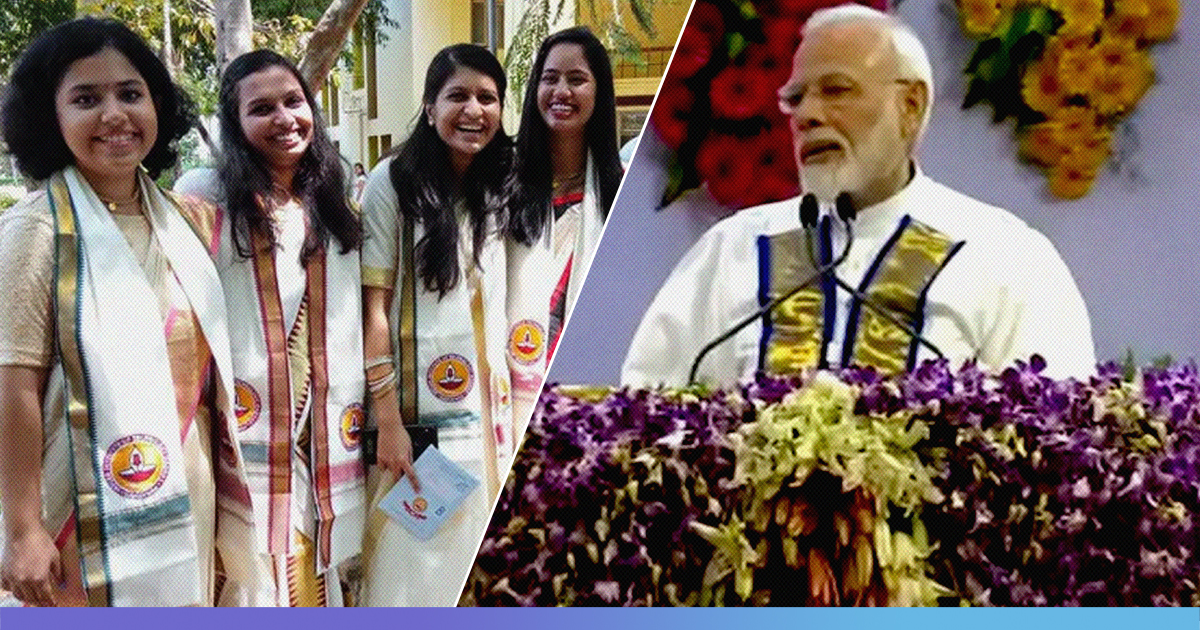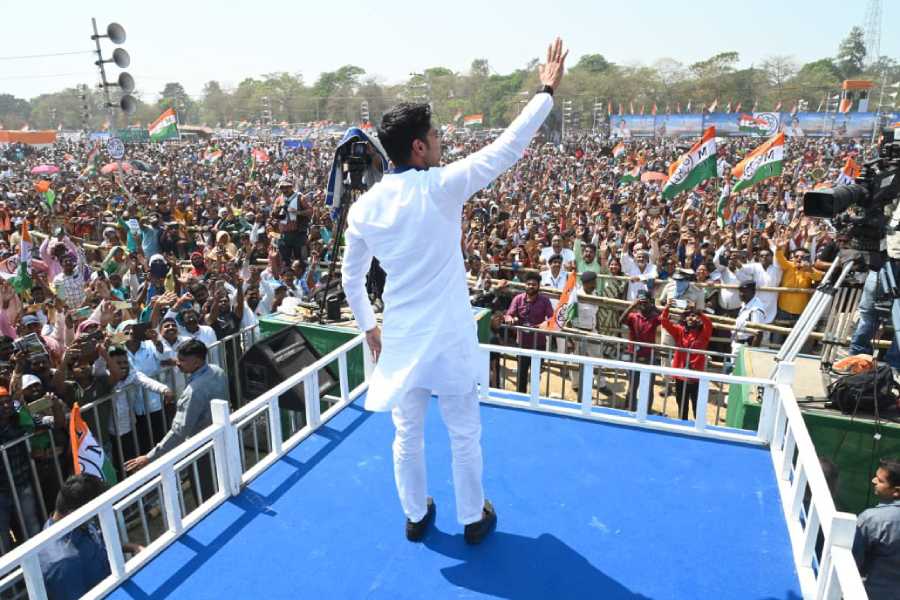The long-awaited National Education Policy, 2020, was approved by the Union Government after the earlier policies of 1968 and 1986/1992 lay under a load of a changing environment in all sectors. Technology, climate change, population, food, job-opportunities, competitiveness, an expanse of the syllabi in terms with times, had all changed and the education policy had to address all these for the coming few years. Despite the Kothari Commission setting a 6% of the GDP target for education, the allotment stayed between 3% and 4% for long, never exceeding 4.3%. India spending on education is being enhanced to 6% of the GDP, which is nearly 50% higher than in the past.
Students are spending billions of dollars in obtaining education from foreign universities, which could be done well if the local infrastructure is improved. This would not have happened if the education infrastructure in India was as robust as in many other countries.
To me, it is not the castes, but inequality in education right from the foundation level, which divides the society in India. Critical thinking ability of the students has to be ignited, and the existing paper degree chasing offered little scope for such.
Education falling under concurrent list has its advantages and pitfalls. Teachers, unsuitable for the profession but with political affiliations are the ones appointed in many States. This erodes the quality of education seriously. Education is toyed with by governments, with crass interference like withdrawal of English or forcing subjects or languages in a particular manner, robbing the competitiveness of the students in their later pursuits. The stranglehold on education for any ism is controlling on their citizens.
Lack of job opportunities for degree holders could be redressed by the introduction of vocational courses, which I had also recommended. Students are entitled to choose subjects of their interest between 8th and 11th standards. Students can opt for varying major and minor subjects, like Physics and music, much like in the Liberal arts education prevalent in many countries. The merger of the University Grants Commission and the All India Council for Technical Education would pave for this homogeneity.
The grading of all universities, Government-run, private owned, vocational or deemed will have the same grading system. With a new National Teachers’ Training Board, the quality of the teachers across the country will be uniformized. The basic learning now can be at home or in a pre-school up to 6 years old children. Students in higher standards can opt for multilevel entry and exit from any course. The syllabi are set to reduce to enhance the core competence on any one specific subject. Impetus will be on practical and application knowledge. The existing exam system is changed to two semesters each year.
Students can complete a one-year graduation course and get a basic certificate, or after completing two years, a Diploma certificate and after the full term, a Degree certificate. Therefore any break in studies allows resumption at later stages. All the graduation course feed of all Universities will be governed by a single authority with capping on each course, ensuring uniformity.
It is not the policies, but the implementation which I am concerned about. I hope the present dispensations, both at the National and the State levels, handle the sector with respect and independence that it deserves.
Sampath Kumar
Intrépide Voix
P.S. The author is into the administration of many educational institutions for the last thirty years, from school to university levels, including a failed attempt to set up a Liberal Arts University in West Bengal fifteen years ago.
Pic: Courtesy NDTV



